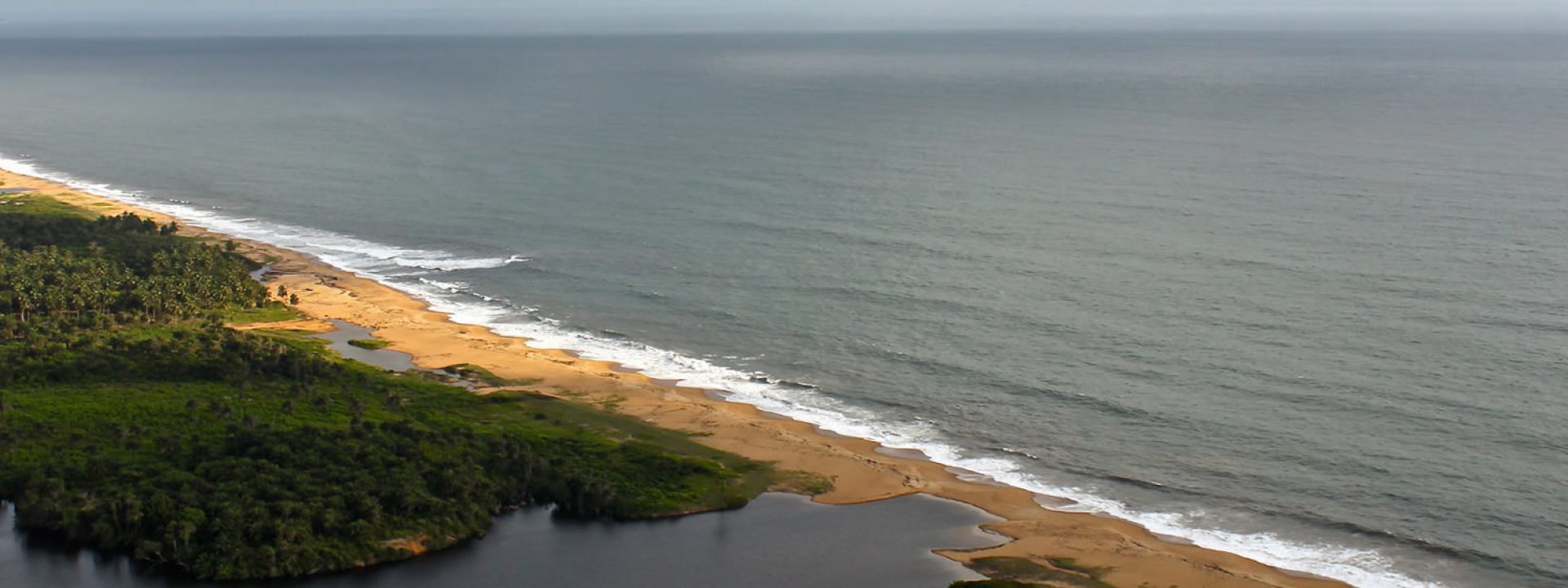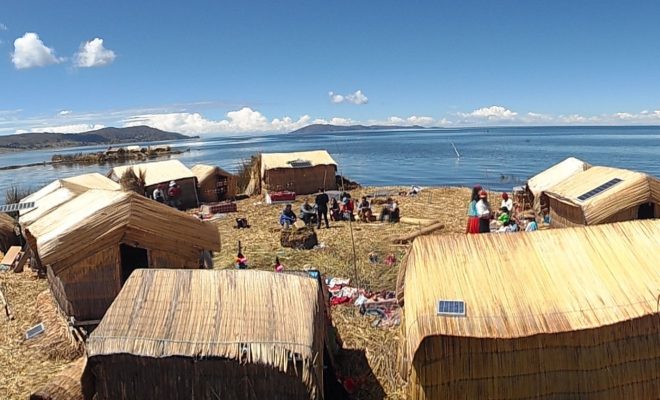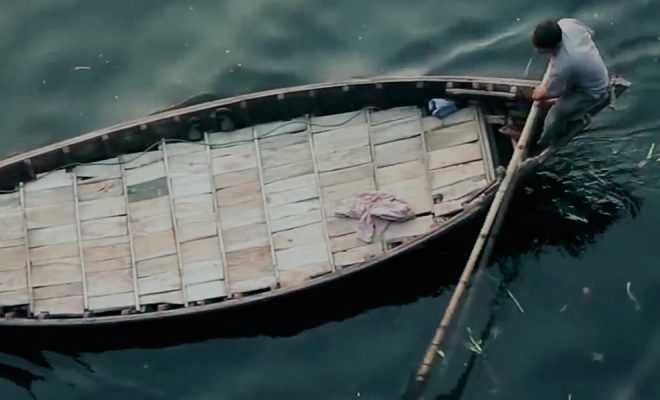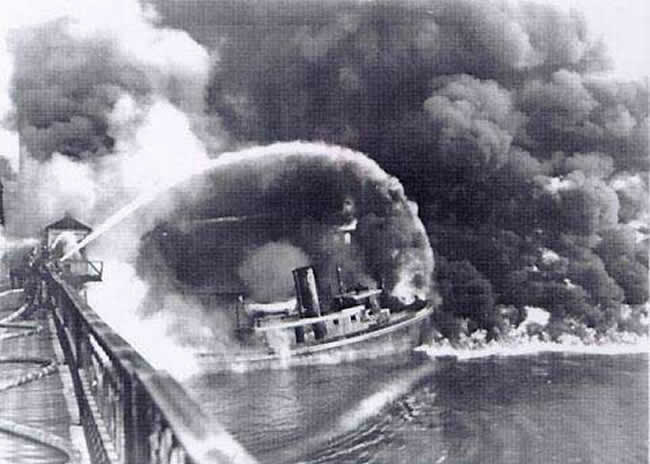
Image of contaminated Cuyahoga River caught fire, on June 23, 1969.
On the 22nd June 1969, the Cuyahoga River, running through the city of Cleveland (Ohio, USA) caught fire. A spark that fell from the railway line ignited the hydrocarbon and grease layer covering its surface and unleashed a fire that spread for several kilometers along the riverbed. There were no personal misfortunes but several ships burned and two railway bridges were damaged. It was the second time it happened (the previous Cuyahoga fire was in 1952) and the public reaction marked a turning point in US environmental policies that affected the entire industrialized world.
Time magazine used two expressions that became part of the language of environmental denunciation: “the river oozes instead of flowing” and that, if it fell into its waters, a person would “dissolve before drowning”. Both were widely used by the media as they led an awareness campaign that joined the public protest and prompted the U.S. government’s decision to draft the Clean Water Act and create federal and state environmental protection agencies.
During the 1970s, governments and most of the citizens of the economies that had led the “second industrial revolution” at the end of World War II realized that their major rivers had become seriously ill from all kinds of industrial pollutants, waste and sewage from obsolete and inadequate sanitation systems due to the enormous industrial and urban growth experienced. The polluted rivers, along with the smog (the toxic fog that covered the big cities), became symbols of the enemies to beat.
The ocean, a congested lung
The fight against river pollution had significant successes in the industrialized world during the 1980s, but coincided with the uncontrolled development of emerging economies that had begun to dump vast amounts of waste into their hydrological systems, many of which were already saturated with urban wastewater.
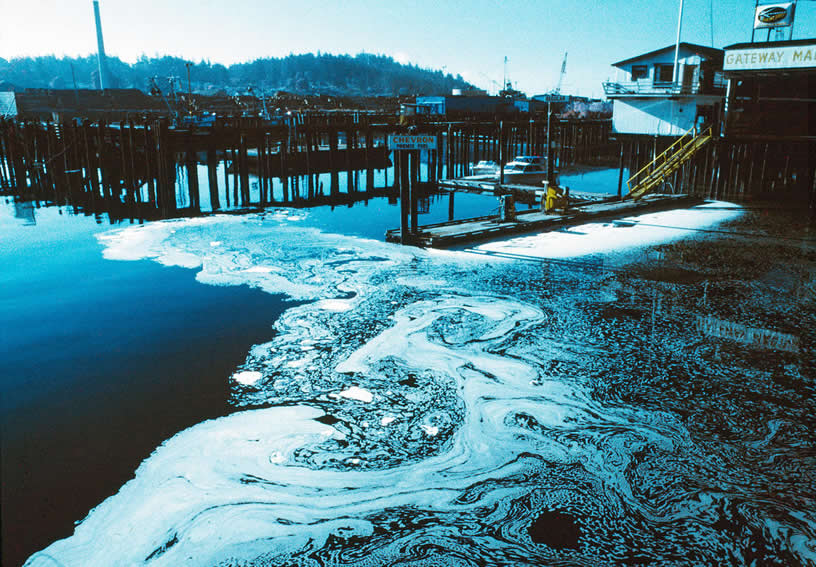
Scum from the discharge pipes of a nearby wood pulp plant pollutes the waters of a fishing port in Washington State.
© Washington State, United States. UN Photo/Cahail
The fight against river pollution had significant successes in the industrialized world during the 1980s, but coincided with the uncontrolled development of emerging economies that had begun to dump vast amounts of waste into their hydrological systems, many of which were already saturated with urban wastewater.
By then, the scientific community brought more bad news: confirmation that human activity was causing climate change due to the progressive warming of the atmosphere. The main cause was the CO2 emissions produced by the use of fossil fuels (coal, oil and gas) which had increased unstoppably in association with industrial development. Scientists also corroborated a little-known fact: seawater absorbed more than 25% of CO2 emissions and, together with the photosynthesis of plants, was the Earth’s second largest lung.
But such a beneficial function had its cost: the acidification of the sea, due to the carbonic acid created when CO2 reacts to water, grew at a speed never experienced before in the last 300 million years and the more acidified the body of seawater became, the less carbon dioxide it could absorb.
Acidification was not the only evil in the ocean that was confirmed at the end of the 20th century: at the 1992 Rio Earth Summit, oceanographers reported that the sea, by absorbing much of the heat from the atmosphere, was increasing its temperature alarmingly. We now know that the ocean, over the last 60 years, has absorbed heat 15 times faster than in the previous 10,000 years, which has an unpredictable effect on the climate.
Bad news about the health of the ocean has not ceased to emerge in recent years. In addition to acidification and warming, seawater deoxygenates and loses oxygen. The Intergovernmental Oceanographic Commission (IOC) of UNESCO estimates that the volume of anoxic (oxygen-free) seawater has more than quadrupled in the last 50 years. Today, 245,000 km2 of the sea are already a dead zone due to pollution. As oxygen depletion deepens and spreads, the seas lose their capacity to support biomass, affecting fish resources and the ecological regulation of the planet.
Rivers, still a pending matter
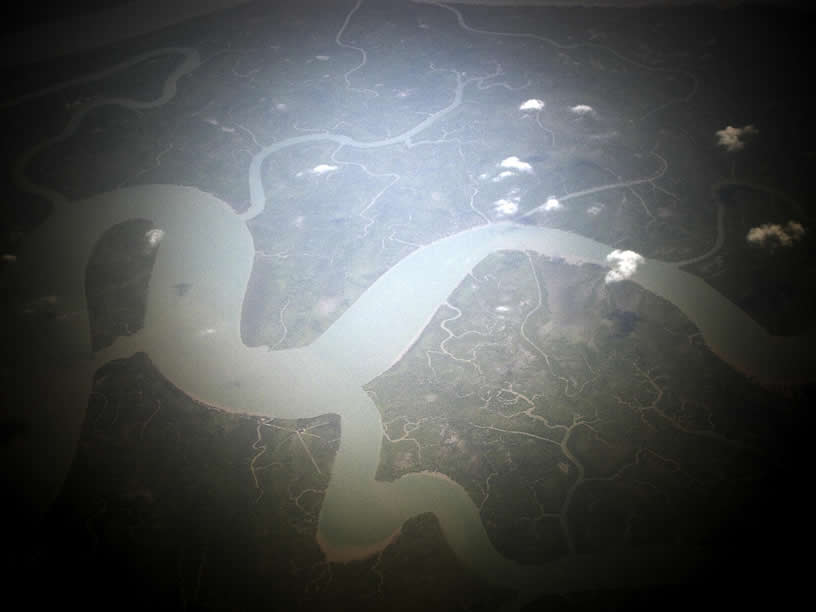
Aerial view of India’s Hooghly River. In developing countries, 90% of waste water is sent back untreated into rivers and streams.
©UN Photo/Kibae Park
It is estimated that about 85% of global marine pollution is caused by human activities on the land surface, as 90% of the pollutants in this activity are transported by rivers to the sea. In recent years, the rivers of industrialized regions have improved; the Cuyahoga and Mississippi rivers in the USA, the Rhine and Sarno in Europe, to name a few of the most historically polluted, have experienced the effects of severe environmental legislation dictated by governments and the increased social responsibility of riverside industries.
But most rivers in emerging economies have increased their pollution levels enormously. Rivers such as the Ganges in India, the Marilao and the Pasig in the Philippines, the Buriganga in Bangladesh, the Matanza-Riachuelo in Argentina, the Amarillo in China, and the Citarum in Indonesia, which is sadly the most polluted river in the world, are some examples of rivers that have become uncontrolled waste dumps. After damaging the lives of millions of people on its shores, they end up transporting their deadly cargo of heavy metals, pesticides and all kinds of chemicals to the sea, contributing to the acidification of seawater and further deoxygenating it. Among them, ocean science has warned of a phenomenon that was little known until a few decades ago: the eutrophication of coastal waters by agricultural fertilizers that provide an excess of nutrients that destabilizes the marine ecosystem.
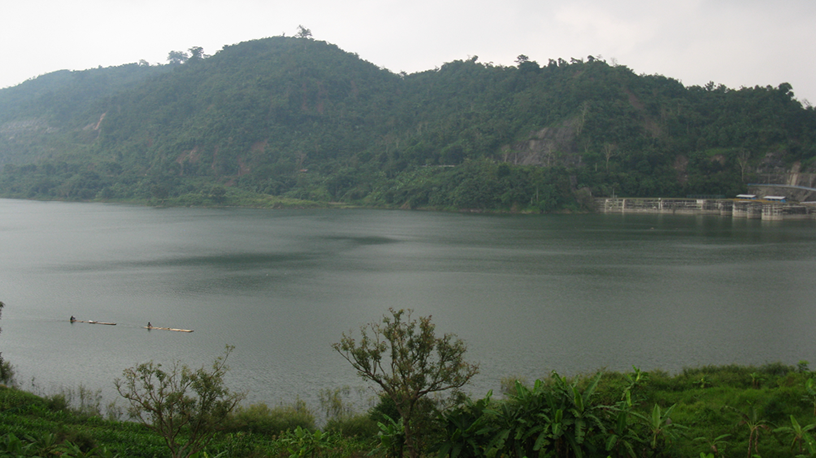
©Ikhlasul Amal
Citarum River around Cirata Dam, Purwakarta
In recent decades, plastic waste has been added to this harmful cocktail, especially in its most disastrous version for marine life: microplastics, which are ingested by marine organisms because of their resemblance to microplankton and are carriers of other pollutants. According to the FAO, 95% of the plastic waste that exists in the oceans comes from just ten rivers, especially the Asian ones, including the Ganges, which flows around 544 million kg into the Indian Ocean each year, and the Yangtze, which dumps up to 329 million kg of plastic into the Yellow Sea.
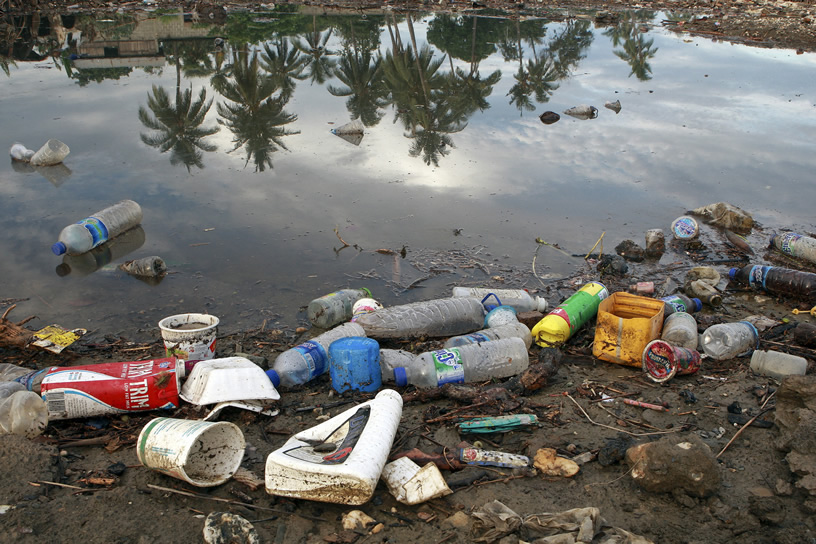
Plastic bottles and garbage waste from a nearby village wash on the shores of a river and then spill into the sea. Timor-Leste. © UN Photo/Martine Perret
Like the Cuyahoga in 1969, there are still many rivers oozing with dirt that cause some five million people to die each year. It is essential to put an end to this disaster. Not only does effective mitigation and adaptation to climate change depend on it, but the balance of the entire biosphere depends on it. The crisis of rivers and oceans must make us aware that we have ONE WATER that we share with the rest of life on Earth. If we save the rivers, we can save the sea.


